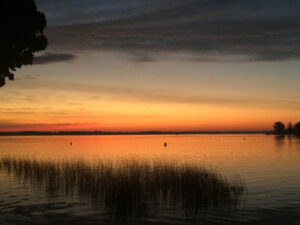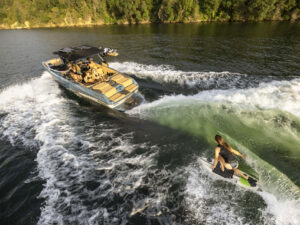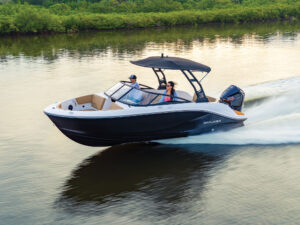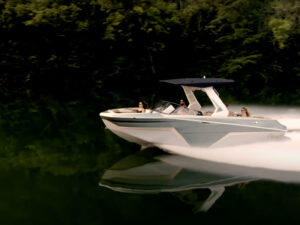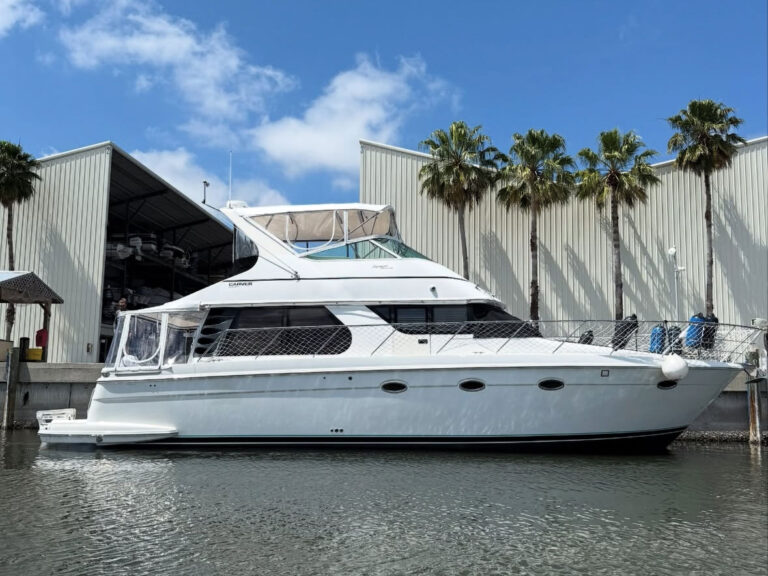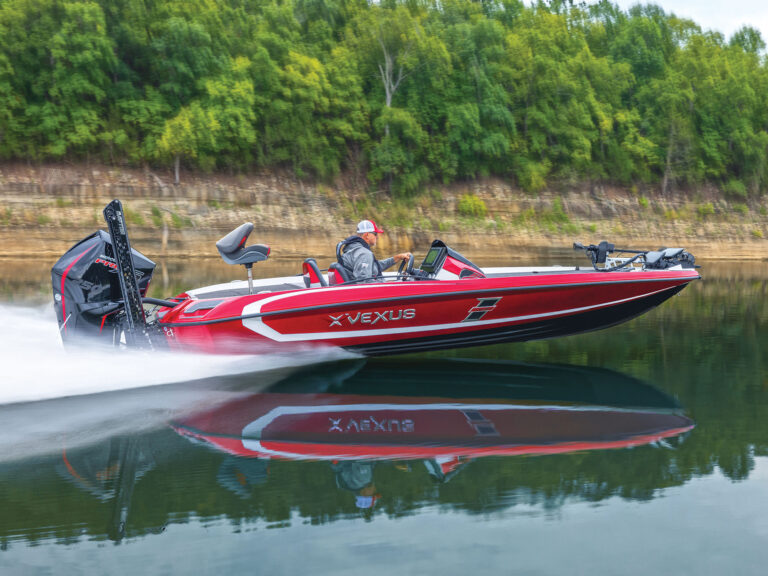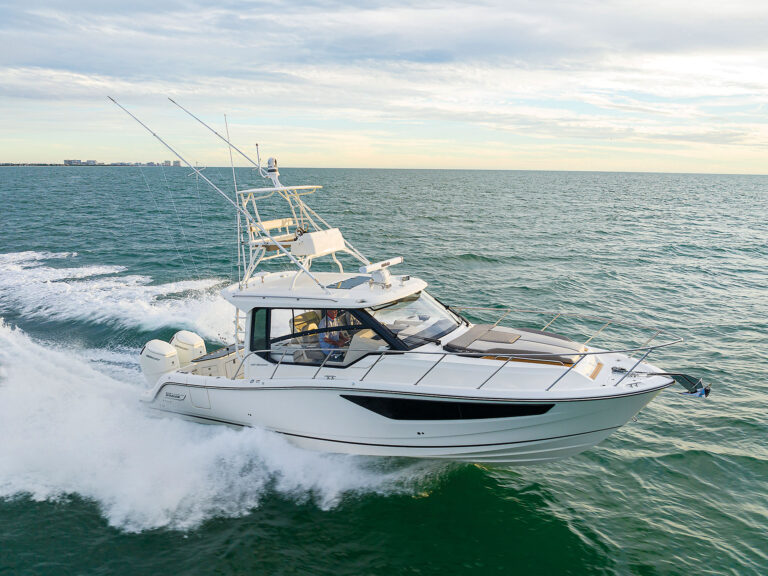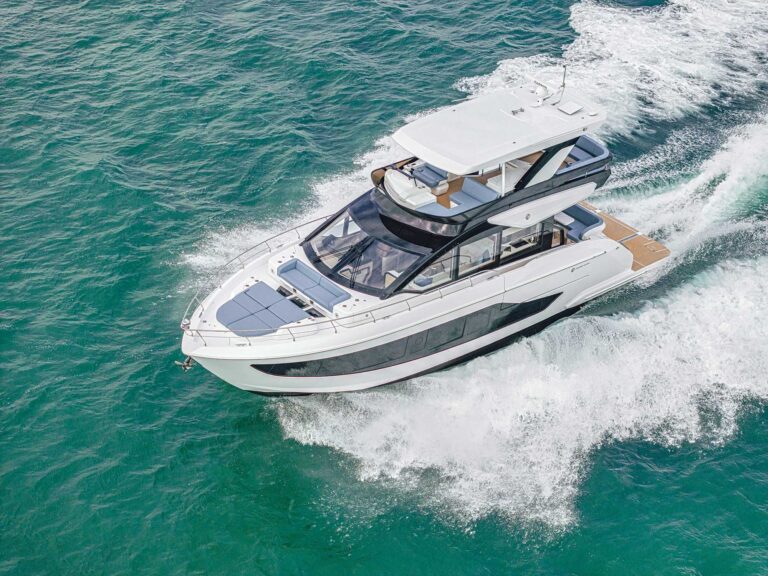
No boater should be without a pair of 7×50 marine binoculars. Here’s how to buy good ones.
1. Prism Type
Porro prisms are considered optically superior to roof prisms. Binoculars with Porro prisms can more easily accommodate a range finder or compass. Look for those made with BAK-4 optical glass.
2. Magnification
This is the first number describing a pair of binoculars. A “7x” means that the object will appear seven times closer than with the naked eye. Because boats are rarely stable, 7x is optimum. Increased magnification yields unsteady images.
3. Objective Lens
This is the second number describing a pair of binoculars. A “50” means the lens is 50 mm in diameter. The larger the lens, the better the vision in dim light; however, the larger the lens, the heavier the binoculars. A 50 mm lens provides a good balance between light gathering and weight.
4. Exit Pupil
The exit pupil is a function of the magnification and the diameter of the objective lens that describes the amount of light that reaches your eyes. A 7×50 pair of binoculars has an exit pupil of approximately 7.1 mm — equivalent to the pupil size of a dark-adapted human eye. Therefore, the 7×50 will not limit available light.
5. Waterproof
Even if the binocs never go overboard, this feature helps keep water vapor out, preventing fogged lenses. There is no standard for “waterproof” claims: Military specs are for 16-foot depth of submersion.
6. Focus Mechanism
With individual focusing, you adjust for each eye. With center focusing, the center knob is all that has to be changed. Individual focusing allows better waterproof capabilities.
7. Lens Coating
For marine use, look for binoculars that have fully multicoated (FMC) lenses.
8. Field of View
Seascape visibility as measured in degrees. The larger the number, the wider the view seen through the binoculars.
9. Fog Resistance
Look for binoculars filled with nitrogen, a gas that doesn’t expand during changes in temperature. Air-filled binoculars left in the sun can develop enough internal pressure to blow a seal and let moist air in when the binoculars cool.
10. Grip
A softer grip absorbs shocks and keeps binocs from sliding off the helm or table.
11. Eye Relief
Eye relief is the maximum distance from the eyepiece at which you can see the binocular’s full field of view. If you wear eyeglasses or sunglasses, a long eye relief of around 25 mm is best.
12. Eye Cups
Eye cups — some with outer “wings” — that fit over the eyepieces block peripheral light to improve your view. Eye cups must fold back for use with glasses.
Take the Dark Out of the Night
Night vision binoculars take over after dark. Take a look at the Ghost Hunter 4×50 Digital Night Vision Binoculars (Model 15073) from Sightmark. They’re water- and shock-resistant($638: www.sightmark.com)

